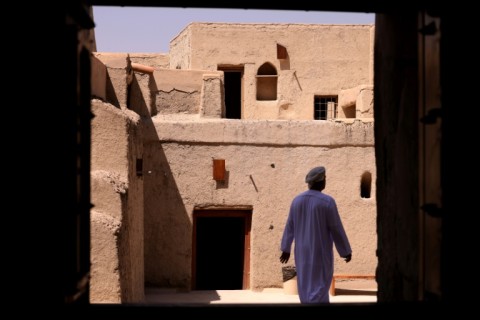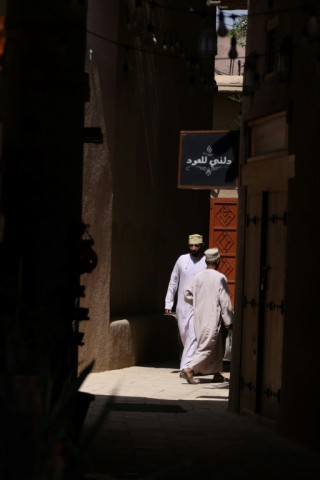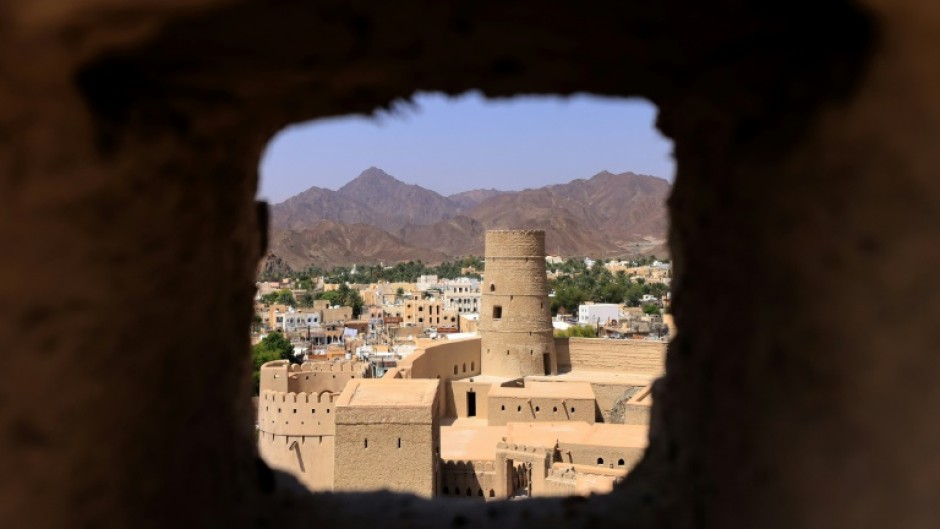BAHLA - Deep in Oman's parched interior, the ancient oasis town of Bahla abounds with myths of camel-eating, fire-mouthed hyenas and men turning into donkeys -- a reputation for magic and mystery that persists to this day.
Some superstitious Omanis still shun the isolated desert settlement because of its stories of "jinn", the spirits that have been part of Arab folklore since before the dawn of Islam.
Here, in one of Oman's oldest inhabited settlements, belief is firm in jinn, which are described as supernatural beings distinct from humans and angels that live alongside mankind.
"We believe that jinn are among the creations of God... so it is not strange," said tour guide Hamad Al Rabaani at Bahla's medieval fort, a UNESCO World Heritage Site.

Magical stories permeate Bahla, including the popular myth that supernatural forces built the 13-kilometre wall around the town in a single night, to protect it from invaders.
"The legend is of two sisters, both jinn, one of whom built the wall for protection... and the other who created an ancient irrigation system for agriculture," said Rabaani.
The concept of jinn predates Islam but descriptions of the spirits feature in Islamic texts, which declare them subjects of God.
Few places, however, are as strongly linked with jinn as Bahla, where "you hear stories of men who suddenly transform into donkeys and other animals", said Rabaani.

In Bahla's old souk, or market, as silence descends after mid-day prayers, some residents are uneasy discussing the town's reputation for spirits, fearing it might tarnish its image.
But Mohammad al-Hashemi, a Bahla native in his seventies, said most of his life has been shaped by supernatural beliefs.
As a child he was told stories of hyenas hungry for camels and with mouths of flames that roamed the desert at night.
"They used to warn us not to go out after sunset because of magic," he told AFP in an air-conditioned supermarket.
Oral folklore and certain ancient texts say jinn are common in the Arabian Peninsula's far reaches, according to Ali A Olomi, a professor of Islamic history at Loyola Marymount University in Los Angeles.
Oman and neighbouring Yemen, the peninsula's southernmost countries, "both earn a reputation as not only ancient places with great historical significance, but as lands of the jinn", he said.
"In Bahla, there are stories of phantom blazes and fires, animated desert storms, and even edifices built by supernatural forces," said Olomi, who specialises in Islamic esoterism and astrology.
Part of the reason Bahla is rife with such stories is that it was a remote outpost in ancient times, surrounded by desert and the dramatic Hajar mountains.
"The presence of jinn in places like Bahla can tell us a great deal about the history and culture of the Arabian Peninsula," Olomi said.
"This is a history of a people living in far-off settlements, linked precariously to other human settlements, and who keenly feel the presence of nature all around them."

